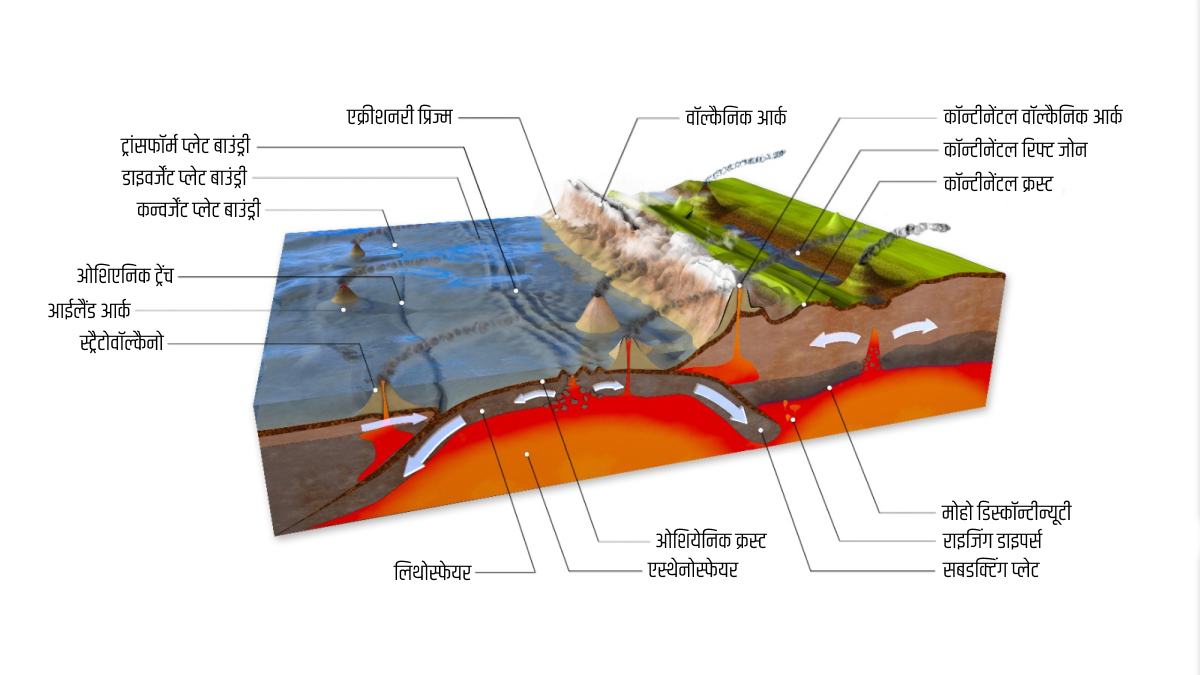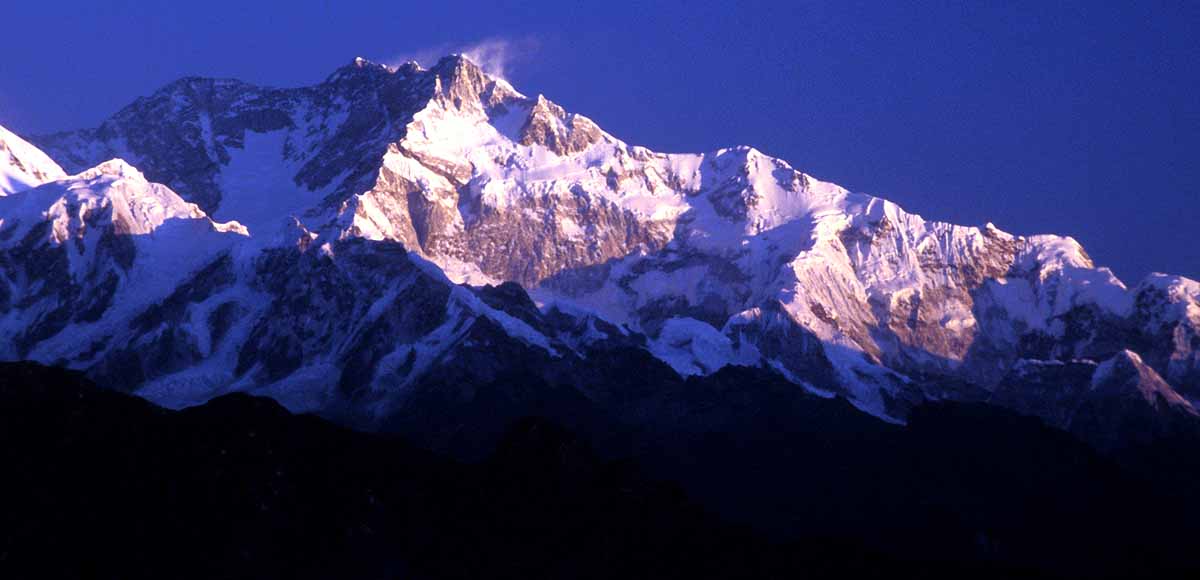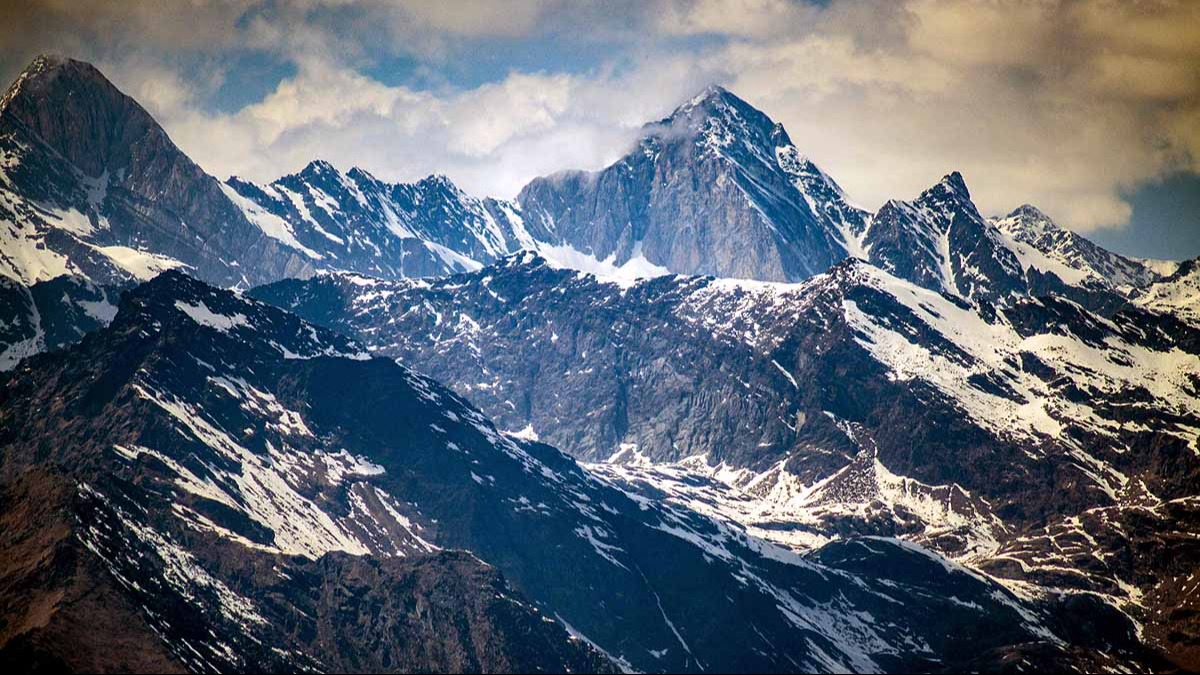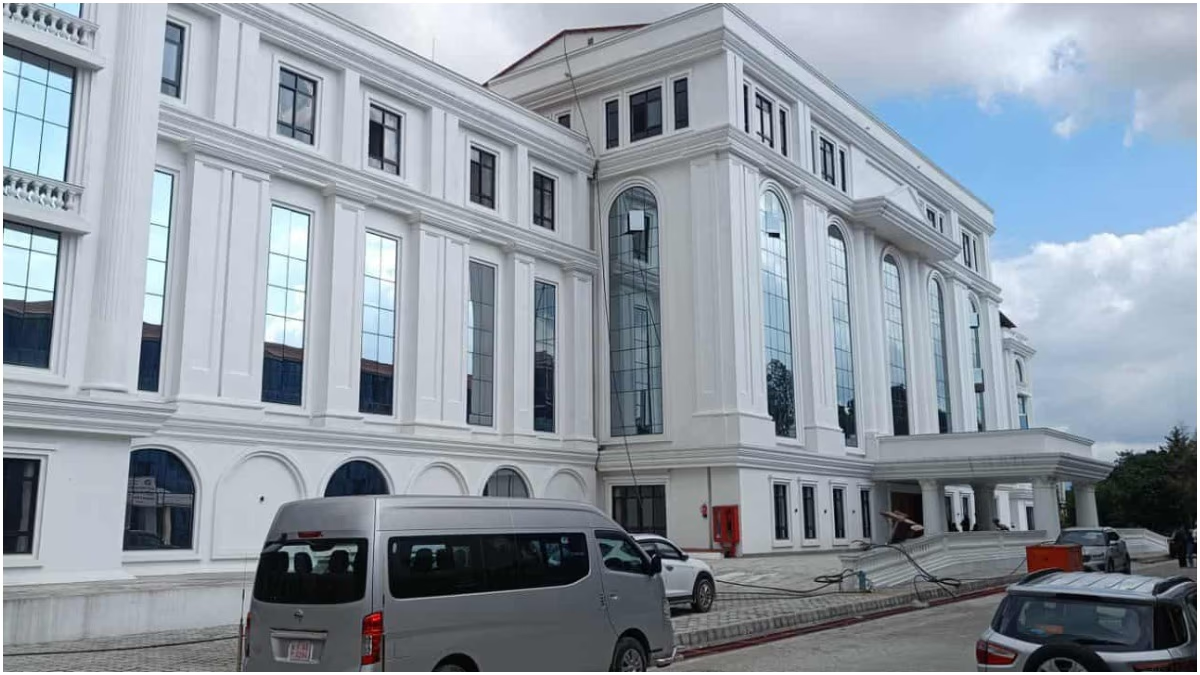A chilling revelation has been made that may explain the increasing frequency of earthquakes in India. The Indian tectonic plate is tearing beneath Tibet, consequently lifting the Himalayas, the nation's natural sentinel. This finding was disclosed in a recent study. The formation of the Himalayas was due to the collision of the Indian and Eurasian tectonic plates.
New scientific analysis reveals that the Indian tectonic plate is sliding under the Eurasian plate and fracturing. The latter is rising and expanding, leading to an increase in the height of the Himalayas and a surge in the number of earthquakes around the Himalayan belt.

Source: aajtak
An international team of scientists shared this information at the American Geophysical Union Conference in December. The scientists presented alarming disclosures about the activity beneath the world’s highest mountain range. The Indian tectonic plate is undergoing a process known as delamination, which means it is splitting into two parts.
The Indian Plate Struggles with the Mantle and Tibet's Plate
The fracture of the Indian tectonic plate is causing unusual geological behavior beneath the Earth's surface. The upper portion of the Indian tectonic plate helps in supporting the landmass of Tibet, but its lower part is sinking into the Earth's mantle due to its lesser density.
Disclosure Made Through Study of Seismic Waves
The continuing descent of the lower part of the Indian plate into the mantle, which is happening beneath Tibet, has been revealed through a study that utilised seismic waves (Seismic Waves). Scientists sent these waves to the collision zone of the Indian and Eurasian plates and then analysed the data obtained from them. The seismic waves clearly indicated that the Indian plate is fracturing.

Source: aajtak
Larger and Dangerous Rifts in the Upper Portion of the Indian Plate
Large rifts are developing in the crust, or upper portion of the Indian plate, ranging between 100 to 200 kilometers. These rifts could grow due to the forces between the plates and are forming 100 kilometers below the surface, potentially impacting the Earth’s core.
New Discoveries Post Study
The world is aware that the Indian plate is continuously pushing the Eurasian plate northward. Scientific examination using a 3D S-Wave Receiver under the Himalayas led to staggering disclosures:
Below southern Tibet at a 90-degree angle lies the lithosphere-asthenosphere boundary where this disturbance is occurring.
Rifts are starting to form 100 km north of the Yarlung-Zangbo fault, which lies beneath Tibet.
Gravitational effects are causing the upper portion near India's mantle to separate to the east.
Helium isotope intensity in the Yadong-Gulu and Kona-Sangri rifts has increased, indicating helium emerging from the core.
On top of that, the region is experiencing constant earthquakes, accelerating the breakage of the Indian tectonic plate.




